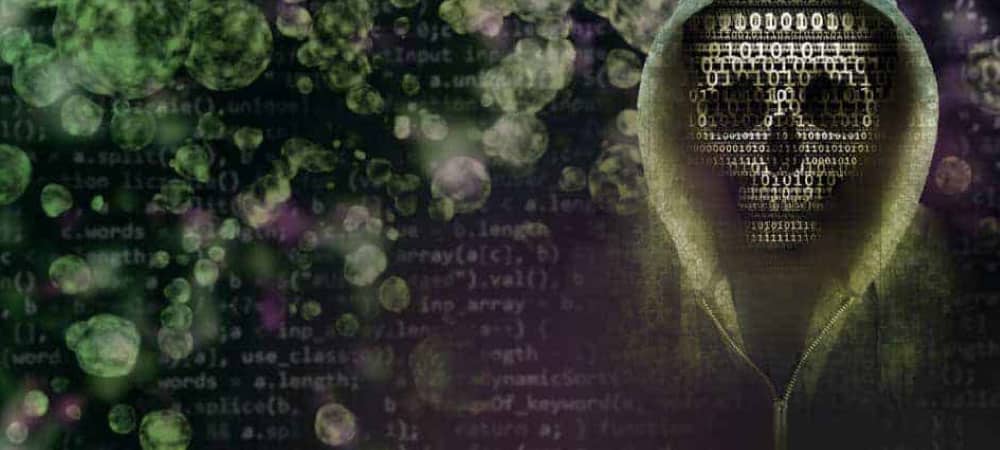Cyber Threats Such as Ransomware

Many organizations rely on the SAP Hana database, which makes database protection a must. Nevertheless, many companies only consider modern IT security when it is already too late. Downtime, serious data leaks, loss of image and trust are potential consequences. However, companies can prevent the effects of ransomware by relying on three pillars to protect their most valuable asset - their data.
Until recently, many employees worked exclusively in the office and only experts were able to use ransomware efficiently. Those days are over. Workplaces are no longer restricted to specific physical locations and ransomware as a service means that even criminals with little technical knowledge can commission blackmail campaigns via the darknet. Despite these developments, too many companies continue to rely on traditional approaches to perimeter protection when it comes to data security. However, once this has been penetrated, attackers often have an easy time of it.
The new Rubrik Zero Labs Report, for which more than 1600 IT security managers were surveyed, shows just how devastating this is. For example, 48 percent of German IT experts believe that data growth is already exceeding their ability to secure data and manage risks. 98 percent of the organizations surveyed are of the opinion that they currently have considerable problems with data visibility. In addition, more than a quarter of companies (27%) recorded a significant loss of sensitive data in 2022.
Endpoint Security
Once endpoint security has been overcome, attackers can swim along unnoticed in the perpetual stream of an organization's data growth. The fact that this will happen at some point is no longer a question of if, but when.
The primary goal of a modern cyber security strategy is to limit the impact of a successful attack as much as possible. Specifically, every organization should build its strategy on three pillars: Data Resilience, Data Observability and Data Remediation.
Data Resilience
Those responsible create data resilience by using unchangeable backup copies based on zero-trust principles. Once written, they cannot be changed afterwards. This means that even ransomware cannot encrypt the backup copies. This ensures that data and systems can be restored.
Data Observability
In addition, continuous data monitoring across the entire IT environment (including data backup) should detect sensitive data (data observability) in order to identify indicators of a threat. This includes understanding who has access to which data, what it is used for and when, and where it is stored.
In a ransomware incident, the ransom payment for decryption is not the main cost. The following costs may also be incurred: Downtime costs, external consulting and personnel costs, further extortion with stolen data, data protection measures, patent infringements, loss of sales due to loss of customers and competitive advantages, damage to image and negative media coverage, costs for investigations, replacement measures and legal disputes.
It is therefore important that the recovery (data remediation) of data and applications is guaranteed reliably and quickly.






